
Real Number Systems
Real numbers include natural numbers, whole numbers, integers, rational numbers, and irrational numbers.


Real numbers include natural numbers, whole numbers, integers, rational numbers, and irrational numbers.
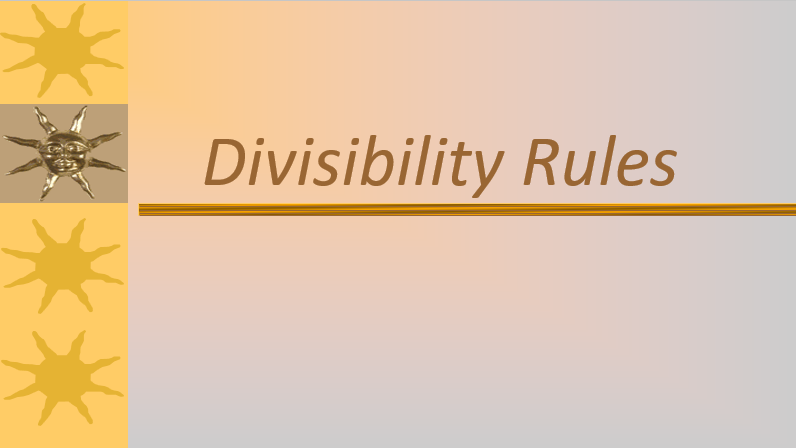
Divisibility means a number can be divided evenly by another, with no remainder. The result will always be a whole number.

Prime factorization is the process of breaking down a number into the prime numbers that multiply together to form the original number.
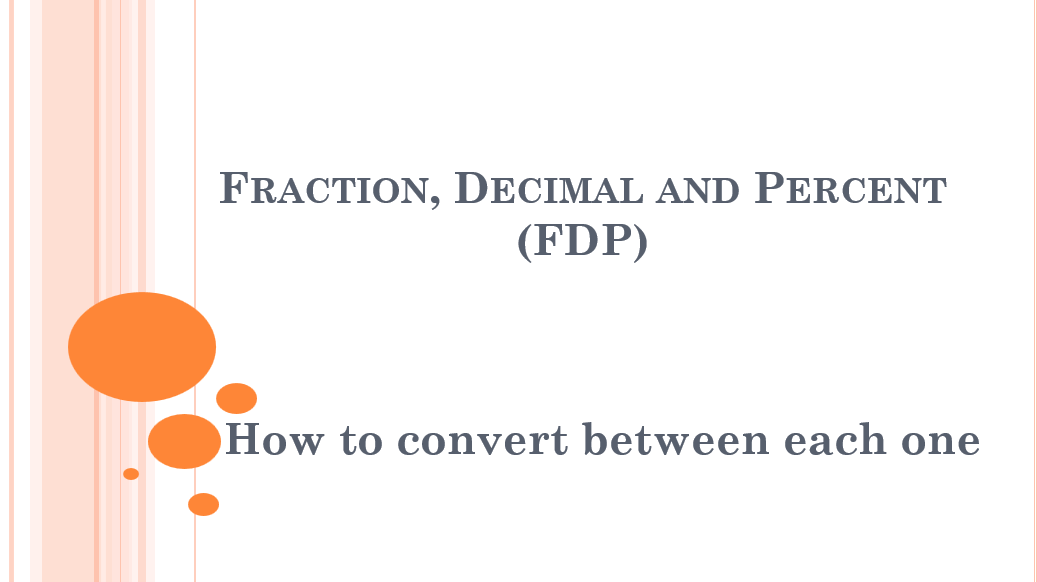
Fractions, decimals, and percentages are different ways to represent the same value, and we can convert between them.

An integer is any whole number — it can be zero, a positive number, or a negative number.

Decimal notation represents numbers using a decimal point and place values based on powers of ten. Scientific notation, on the other hand, expresses numbers as the product of a number between 1 and 10 and a power of ten. It is especially useful for writing very large or very small numbers in a more compact and manageable form.

Expanding an exponential expression involves writing it as repeated multiplication of the base, while condensing is the opposite—rewriting that multiplication as a single exponent expression.

Exponent rules—also called exponent laws or properties—are mathematical principles that help simplify expressions involving exponents. They provide shortcuts for operations such as multiplying and dividing powers, as well as raising powers to other powers.

A property is a characteristic or feature that applies to a specific mathematical object, set, or operation. These properties often serve as rules or identities that are universally followed by mathematicians to solve problems more efficiently.
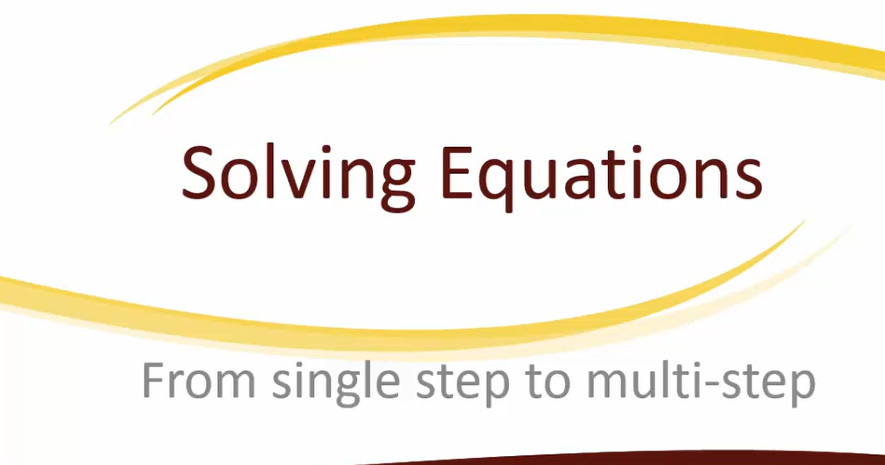
Solving an equation means finding its solutions—values that satisfy the condition set by the equation, which typically consists of two expressions connected by an equals sign.

A coordinate plane is a two-dimensional surface created by the intersection of a horizontal number line (the x-axis) and a vertical number line (the y-axis). It is used to plot and represent points and lines.

In mathematics, a function from a set x to a set y assigns exactly one output in y to each input in x.

Slope describes the steepness or inclination of a line, typically represented as "rise over run" (change in y divided by change in x). It quantifies how much a line rises or falls vertically for every unit it moves horizontally.

The midpoint of a line segment is the point that divides it into two equal parts. The distance between two points is the length of the straight line connecting them.

To write a linear equation given the slope (m) and y-intercept (b), use the slope-intercept form: y = mx + b.
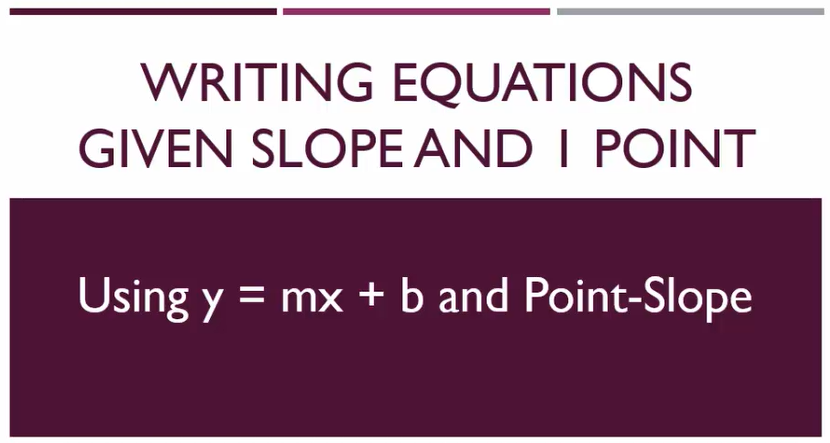
Writing Equation: Given slope and 1 Point.Use the point-slope form to find the equation of the line, then convert it to slope-intercept form.
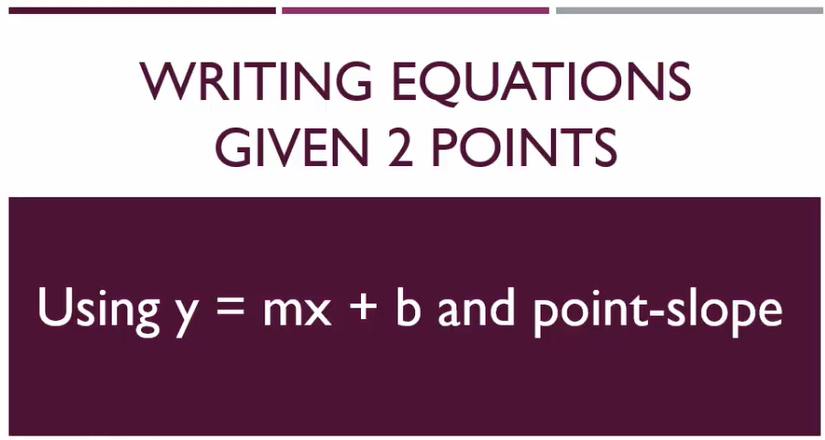
Calculate the slope using the slope formula. Then, apply the point-slope form to write the equation of the line, and finally, convert it to slope-intercept form.

Solving systems of equations by graphing involves plotting each equation as a line on a coordinate plane and identifying the point(s) where the lines intersect. The intersection point(s) represent the solution(s) to the system.

solving a system of equations by substitution means finding the values of the variables that satisfy all equations in the system by replacing a variable with an equivalent expression from another equation.

A system word problem is a real-world situation that involves two or more equations with multiple variables, where the goal is to solve for the values of the variables.
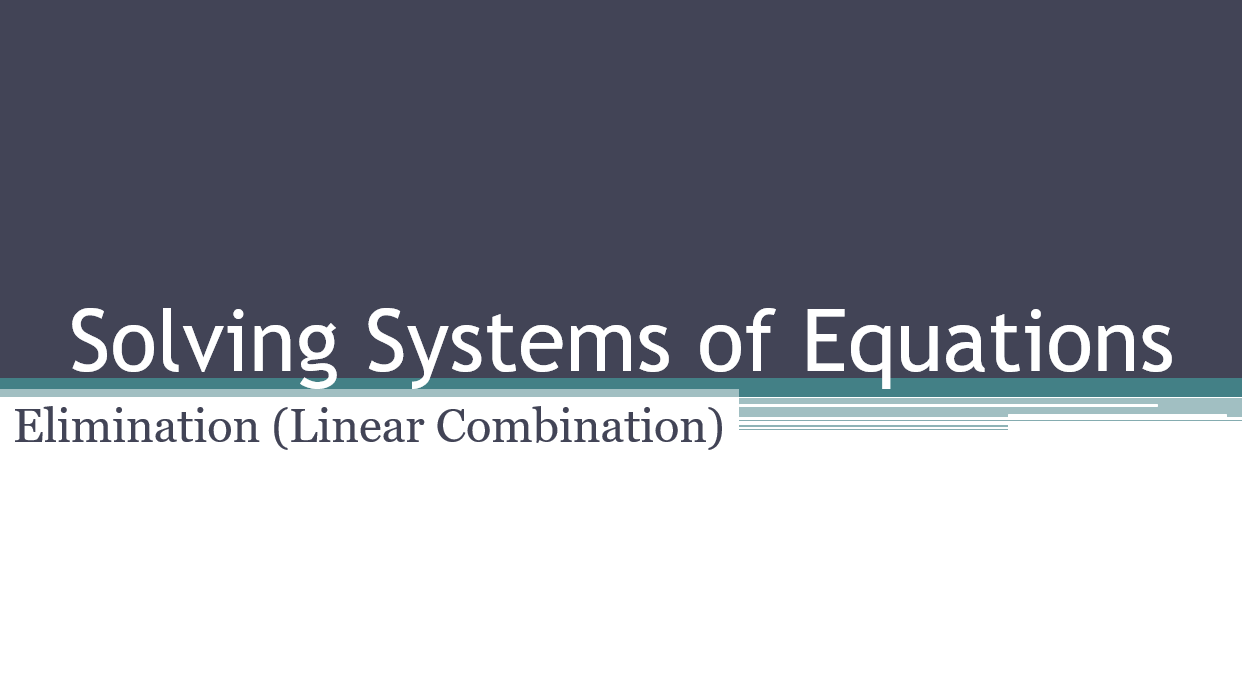
The elimination method is a strategy used to solve systems of linear equations by removing one variable at a time.

An exponent tells you how many times to multiply the base by itself. A square root is the number that, when multiplied by itself, equals the number under the radical.

The Pythagorean Theorem is a geometric principle stating that the sum of the squares of the legs of a right triangle is equal to the square of the hypotenuse.
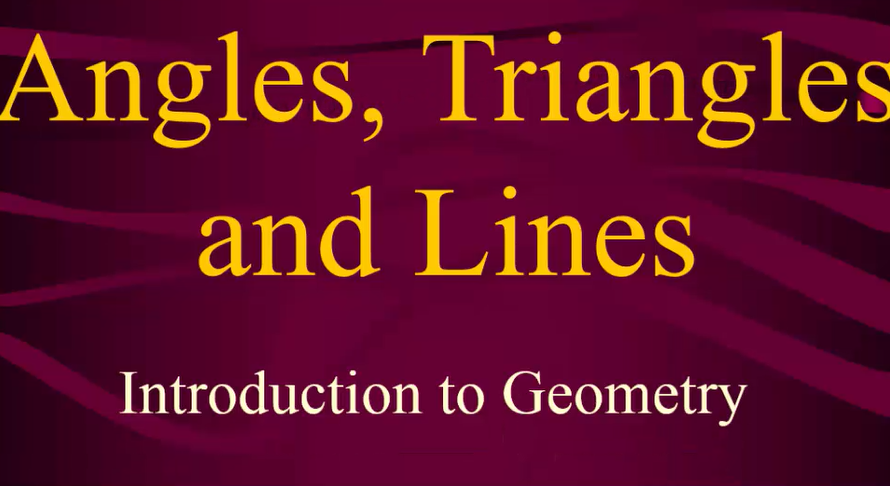
A line is a one-dimensional object that extends infinitely in both directions, with length but no width or depth. An angle is created when two rays or lines intersect at a common point, measuring the amount of rotation between them.
I am available for hire! Do not hesitate to contact me to set an appointment to talk about how WE can collaborate to make a GREAT learning experience for your learners.